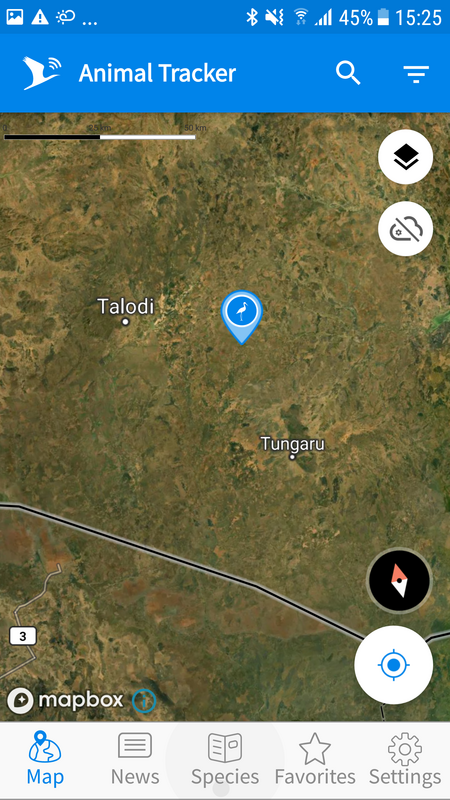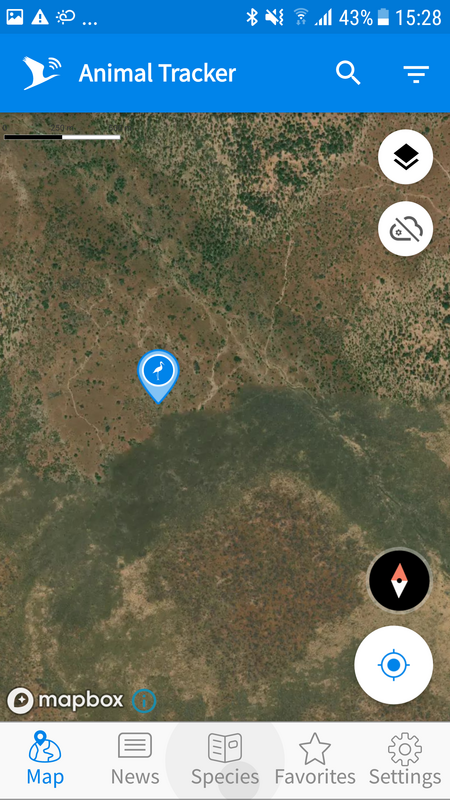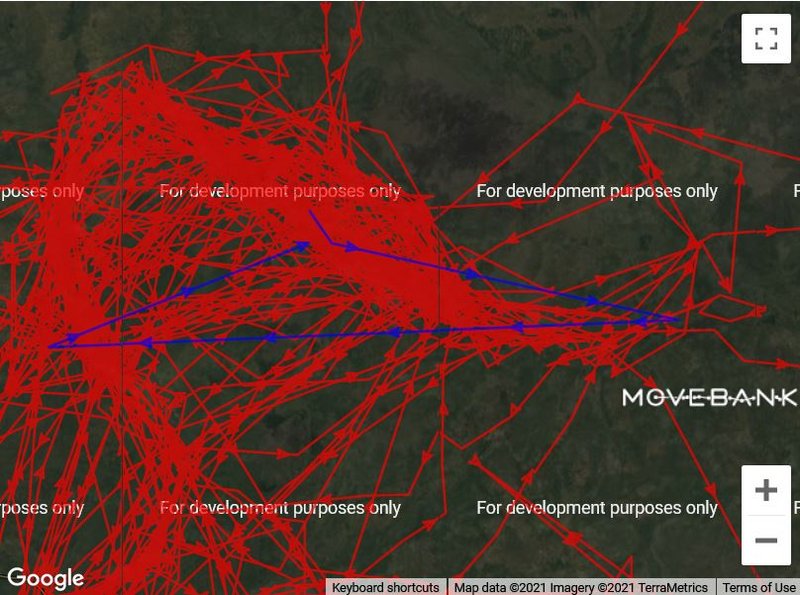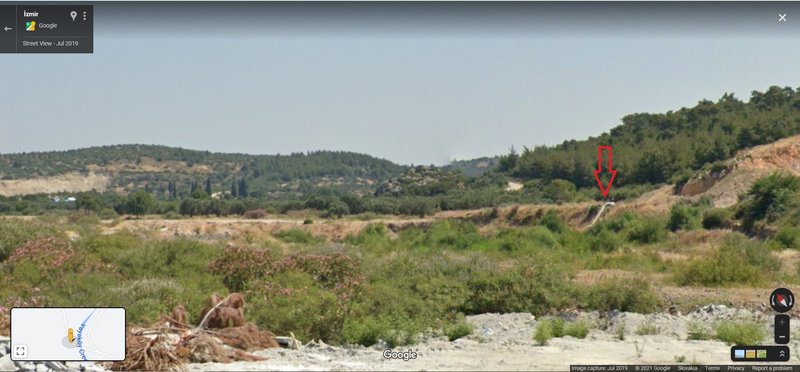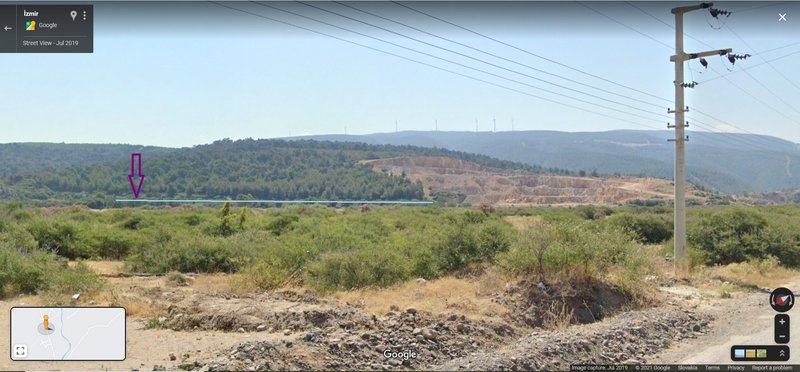December 15
Hello everyone - Sveiki

little
KATRIN (hatched 2021 in Latvia) perished

, reason is unknown (yet)
birdmap info:
A juvenile Black Stork hatched in Latvia (wearing a ring with the Latvian code 0XUC, ringed by Maris Strazds in northwestern Latvia on July 4 as one of four chicks), which migrated 200 km north to the settlement of Kiili after leaving the nest and stayed there to stop at a household. Although the host caught the fish and put them in the garden pond, it was not enough food for the young Black Stork. Thus, he was captured by the people of the Estonian Wildlife Society and the Environmental Board delivered caught stork to Tartu, to the animal clinic of the University of Life Sciences under the care of Dr vet Madis Leivits. The young bird was clearly underweight on arrival, 2.5 kg. At the animal clinic, he had to be fed for 11 days until his weight reached normal. He weighed 2.96 kg before being released. Based on the outlook, pictures and measurements, she is probably a female. Maris Strazds asked to be named the stork as Katrin. As we had just sent back transmitter from Turkish colleagues, it was used for to track Katrin.
We released Katrin in southwestern Estonia near Häädemeeste on September 15. Katrin immediately took off, flew south and disappeared beyond sight. On the first day, however, not far away, because the compass needed calibration so as not to repeat the former mistake of choosing a direction. However, Katrin has flown south and arrived in Poland on September 19 and Ukraine September 21. In September 23 she reached easterm Romania, where spent one month and continued migration in October 24. Already in 25th Katrin crossed Marmara Sea from Europe to Asia, Turkey. Next day Katrin spent in Lesvos island, but since October 27 in valley of Bakircay river, north of Izmir. Up to Dezember 13.
During the night between 13/14 she perished at Yayacöy river side.
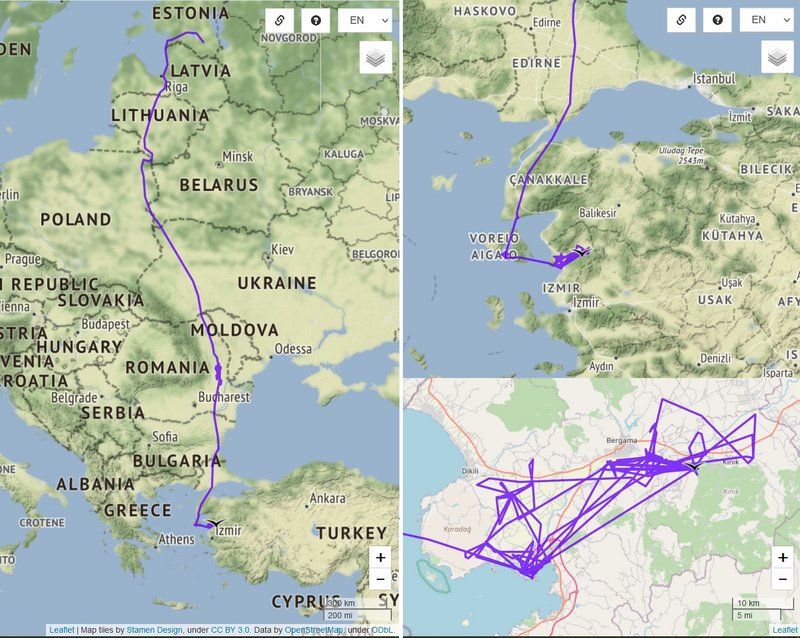

According to tracker maps, it hasn't looked good in the last 2 days, especially since she hasn't stayed the night away from the stream area. The very short route of daily movement alone could only correspond to bad weather. ... Who knows if it was just an accident and a predator attacked her (with wet, heavy wings they find it difficult to fly and need an even longer runway to take off) or if she was already weakened - hungry, sick. The last "trips" could also be to search for food sources.








